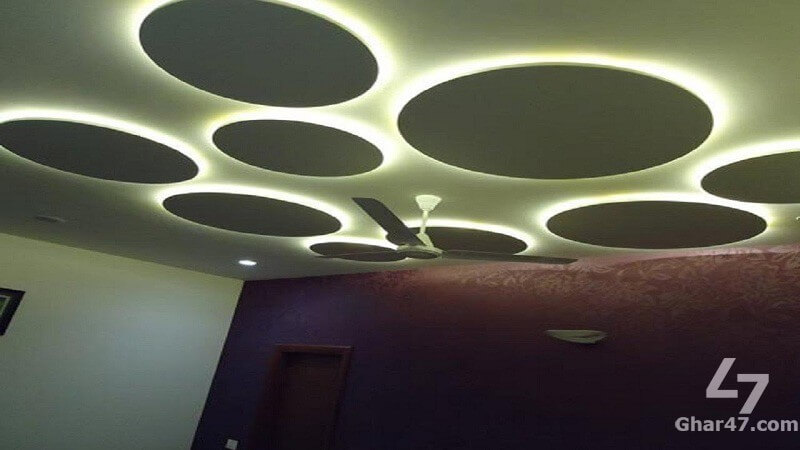
False ceiling guide
False ceiling
A ceiling which is below the actual ceiling or roof is known as false ceiling. False ceiling is used to hide irregular beam bottoms, electric cables and air ducts. False ceiling is also used for interior decoration and reduce the ceiling height.
False ceiling materials
Different materials like gypsum, glass, fiber and wood can be used for false ceiling. Mostly gypsum is used for false ceiling. Gypsum false ceiling has many benefits like it is has high workability than other material ceilings and it is also cheaper in price.
Advantages of false ceiling
First advantage of false ceiling is that it helps to hide ugly stuffs like duct work, beam bottoms, pipes and electric wires. Second advantage is that it’s cheaper to fix false ceiling than to totally remove or repair the original ceiling / roof. Third advantage is that it controls and reduces acoustics / sound. Fourth advantage is that it controls the high temperature and reduces the cooling cost.
Disadvantages of false ceiling
First disadvantage of false ceiling is that it reduces the ceiling height as false ceiling takes 4” to 12” of space. Therefore false ceiling design and depth should be according to ceiling height of room. Second disadvantage of false ceiling is the short life span. False ceiling require periodical maintenance as it gets uneven and also discolors with the passage of time. Third disadvantage of false ceilings is that it is not strong and there are always chances that it might fall due to earthquakes.
Some precautions before fixing the false ceiling
Firstly, gypsum ceilings get affected by water, therefore leakage of water from roof should be properly controlled. Secondly, ceilings do collect dirt and therefore simple designs should be selected which have low chances to collect dirt and are easy to clean & maintained. Therefore ceiling designs with lot of groves are not recommended.
